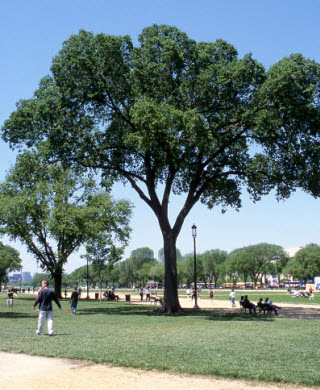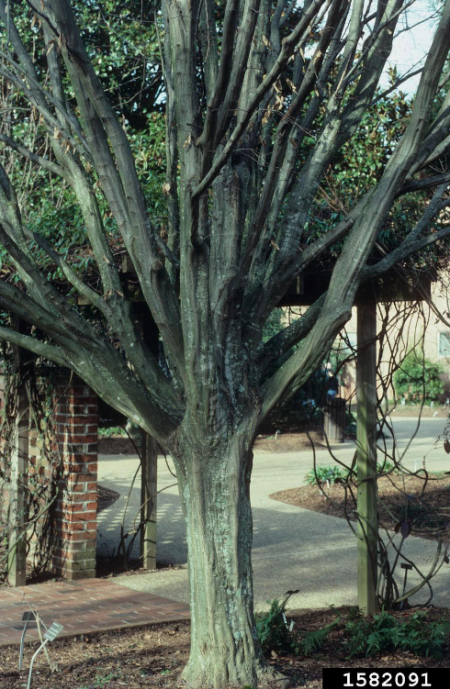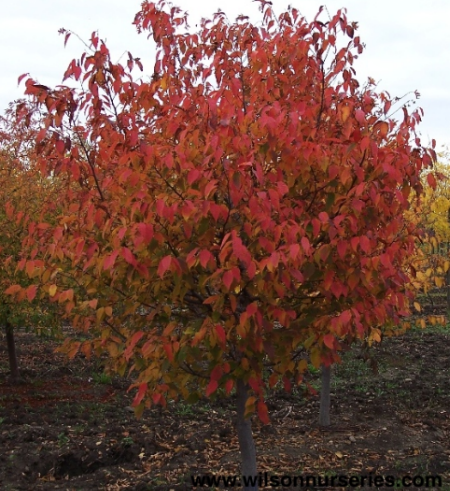Click below to listen to my 2 min. Garden Bite radio show: Muscling in on Ash tree replacement
Audio PlayerAs we approach Arbor Day on Friday, we remember the demise of the American Elm tree due to disease…

and decades later we’re in the midst of the end of the Ash tree due to Emerald Ash Borer.

The best defense is diversity. More and more cities are offering multiple choices for planting boulevard trees. I’ve talked about Ash tree options before but, as I was reading my Northern Gardener magazine, I came across a tree I’d not heard of, at least I THOUGHT I hadn’t. Musclewood is also called Blue Beech or American Hornbeam.

A native to the U.S from Minnesota to the east coast, Musclewood is an understory tree in the forest. That means it grows well in shade. In the landscape it is used as a small shade tree, an accent or specimen plant, and in naturalized and woodland settings. Seeds, buds, twigs, and leaves are food sources for songbirds and small wildlife. And, bonus, deer don’t care for it. It can be grown as a large shrub, a single-stemmed tree, or a multi-stemmed tree that provides multiple seasons of interest.
A cool feature is the fluted appearance of wood on trunks and branches that look like a flexed muscle and smooth bluish gray bark.

Winter interest is provided by male flowers called catkins that dangle from branches over the winter before blooming in May. Female catkins appear in spring that result in unique hop-like fruit. Leaves are become colorful tones of orange, red, and yellow in fall.

